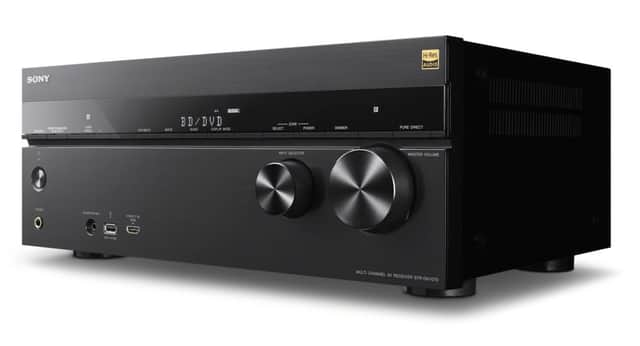How to get audio from your new TV to your old hi-fi speakers


Usually, this is not something you need worry about, since CD players, set-top boxes and computers take care of it for you, processing binary signals to the point where they can be heard through the paper cone of a loudspeaker.
But if you want to improve the sound from your TV set-up by diverting it to your hi-fi system it starts to get complicated. Virtually no new TV sets have analogue audio outputs and hardly any amplifiers have digital inputs. That means the arrangement that has served you for years may no longer work if you upgrade your telly – which is where the digital-to-analogue converter, or DAC, box comes in.
Advertisement
Hide AdAdvertisement
Hide AdThis makes it possible to run a cable from the optical (digital) socket on the back of your new TV to a DAC box, and then another, regular, cable from there to your existing amp. A suitable box can be bought from hi-fi dealers like Richer Sounds for a little under £40, but it isn’t the only way of cracking the problem.
An AV receiver – a more complex box which acts as a “switchboard” between your Freeview or satellite receiver, DVD player and other devices on one hand, and your TV and speakers on the other – may be a better alternative, especially if you like watching movies with cinema-quality sound.
The array of sockets on the back of an AV receiver may look forbidding, but it can simplify your home entertainment system considerably. Instead of hooking up each set-top box directly to your TV you connect them to the receiver, with a final connection from there to the screen.
Your speakers – between two and eight, according to preference – are also hooked up to the receiver, which then splits off video signals to your TV and audio to the speakers. Switching between sources is done on the receiver instead of the TV, but there’s an on-screen display so you can see what you’re doing.
Advertisement
Hide AdAdvertisement
Hide AdMost new AV receivers accommodate digital HDMI connections between compatible devices, which simplifies the wiring since a single cable carries both sound and vision. Such units start at around £130, though you can pay hundreds more if you want built-in home networking or Bluetooth connectivity.
If you’re buying at the same time as a TV, make sure the new telly has something called Audio Return Channel (ARC), which sends sounds it generates itself – for instance from its Smart TV apps – back to the receiver, again through a single cable.
The sound quality you can expect obviously depends on how good your speakers are, but in general AV receivers do a very good job of processing TV soundtracks and will handle surround sound in all the digital formats. Compared with your TV’s built-in speaker or even a modest soundbar, they will blow your socks off.
But for pure music listening through standard stereo speakers, a traditional hi-fi system is still hard to beat, so if you don’t want to part with your beloved amp, a simple DAC box may yet be your best route.